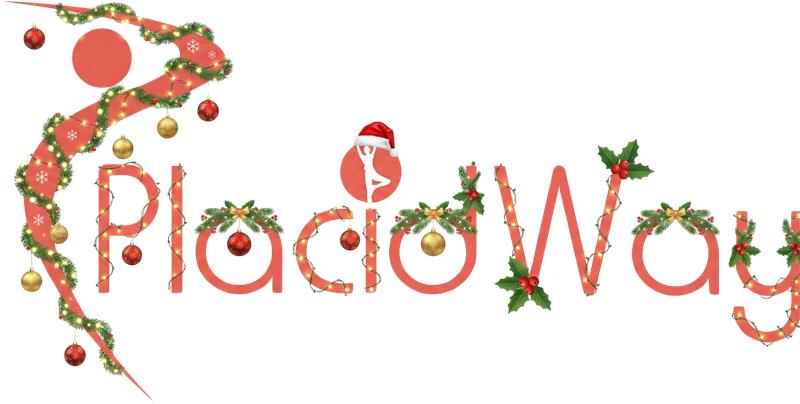Where to Find the Cheapest Stem Cell Therapy

The promise of regenerative medicine is immense, but the cost of stem cell therapy in countries like the United States can be prohibitive, often running into tens of thousands of dollars. This financial reality leads many patients to ask a very reasonable question: "Where can I find the cheapest stem cell therapy in the world?"
While the desire to find affordable care is completely understandable, in the world of advanced medical procedures, the word "cheapest" can be a dangerous trap. An unusually low price is often the biggest red flag, signaling potential compromises on safety, cell quality, and medical oversight.
This guide is designed to answer your question, but more importantly, to reframe it. The goal should not be to find the absolute lowest price, but to find the best possible value. True value in medical tourism is receiving the highest standard of care from a licensed, reputable clinic at a price that is fair and accessible.
We will explore the regions where costs are generally lower, but we will dedicate the bulk of this guide to teaching you how to distinguish between a low-cost, high-risk operation and a genuinely affordable, high-quality medical provider. Your health is your most valuable asset; this guide will help you protect it while navigating your search for affordable regenerative medicine.
Why You Should Be Cautious When Searching for the "Cheapest" Option?
The cost of producing high-quality, viable, and pure stem cells in a sterile, certified laboratory is substantial. When you add the expense of a qualified medical team, modern clinical facilities, and proper diagnostic tools, a baseline cost emerges. A clinic offering prices drastically below this baseline is likely compromising on one or more of these essential elements.
This is not like shopping for a consumer product where a cheaper version might just have fewer features. In medicine, a cheaper version could mean receiving a product that is ineffective at best, and dangerously contaminated at worst. The adage "you get what you pay for" is a critical warning in the world of stem cell tourism safety.
What Are the Risks of Choosing a Cheap, Unregulated Clinic?
Choosing an unvetted, low-cost clinic can have devastating consequences. The potential risks are severe:
- Ineffective Treatment: You could be injected with dead cells, a very low number of cells, or even a different cell type altogether. You will have spent thousands of dollars and received no therapeutic benefit.
- Serious Infection: If the cells are processed in a non-sterile lab or administered in an unclean environment, you risk life-threatening bacterial or viral infections.
- Adverse Reactions: The use of improperly sourced or characterized cells can trigger a dangerous immune response in your body.
- Lack of Medical Oversight: Many "cheap" clinics are run by technicians or business people, not medical doctors. If a complication arises during the procedure, there may be no qualified personnel to intervene.
- No Recourse: If something goes wrong at an unlicensed, unregulated clinic, you have no legal or medical recourse.
Which Countries Offer a Good Balance of Cost and Quality?
Instead of looking for the "cheapest," savvy patients look for the best value. This is often found in countries that have a robust healthcare system and a specific government body that regulates regenerative medicine.
| Country | Regulatory Body | Why It Offers Good Value |
|---|---|---|
| Colombia | INVIMA | Highly ranked healthcare system; known for its sophisticated labs that produce high-dose, expanded MSCs under government oversight. |
| Mexico | COFEPRIS | Easy accessibility for Americans; licensed clinics in major hubs like Tijuana and Cancun offer advanced care with proven safety records. |
These countries are more affordable than the U.S. due to economic factors, but their regulated clinics still invest heavily in the necessary infrastructure for producing a safe, high-quality medical product.
What Are the Non-Negotiable Signs of a Quality Clinic, Regardless of Price?
This three-point checklist is your most powerful tool for filtering out unsafe providers. Before you even consider a clinic, you must verify these items:
- Government License: Ask for the clinic's specific license number from their country's health authority. If they are evasive, walk away.
- Medical Doctor Leadership: Confirm that your consultation and treatment will be performed or directly supervised by a licensed M.D. with experience in regenerative medicine.
- Certificate of Analysis (COA): This is an independent lab report that verifies the quality of the stem cells. It should confirm the cell type, the total number of cells, the viability percentage (how many are alive), and that the batch is sterile and free of contaminants. A quality clinic will always provide this.
Any clinic that cannot or will not provide all three of these is not worth the risk, no matter how low the price.
How Does the Type of Stem Cell Affect the Price and Quality?
The cheapest therapies often involve a simple bedside centrifuge to isolate a small number of cells from your own (autologous) tissue. While this is a valid technique for some very specific orthopedic applications, it is not suitable for treating systemic conditions. The gold standard used by leading international clinics is allogeneic Mesenchymal Stem Cells (MSCs) sourced from umbilical cords. Producing these involves:
- Ethical sourcing from healthy, screened donors.
- Isolation and purification in a sophisticated biotech lab.
- Culturing and expanding the cells over several weeks to achieve high, therapeutic doses (often 100-300 million cells).
- Rigorous quality control and sterility testing.
This complex, expensive process results in a powerful, high-quality product. "Cheaper" clinics often skip these crucial steps.
Finding the cheapest stem cell therapy in the world shouldn’t mean sacrificing your safety. Placidway connects you with a global network of accredited hospitals and clinics, ensuring safe, high-quality regenerative medicine options at the best value.


.png)









Share this listing